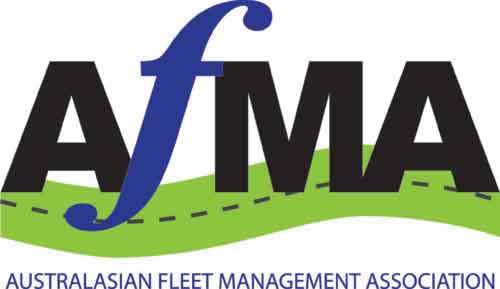RISK ASSESSMENT
Risk assessments for any work-related driving activity should follow the same principles as risk assessments for any other work activity and they should be appropriate to the circumstances of your organisation.
Assessments should be carried out by competent people with a practical knowledge of activities being assessed. Look for risk/hazards that may result in harm when driving on public roads. Remember to ask your employees what they think, as you need not only the views of those who drive extensively, but also the views of those who only use the roads occasionally.
All findings should be recorded and conclusions drawn as to whether risks have been identified and addressed.
The object of your review is to identify hazards in your overall transport process. It is important to get input from all those involved in the task. Ask employees what they think as they will have first hand experience of what happens in practice.
Decide who might be harmed and consider whether there are any groups who may be particularly at risk, such as young or newly qualified drivers and those driving long distances.
Remember that if you authorise anyone to perform a transport task on your behalf (whether in a company or privately owned vehicle) you should assume that if there are any problems or negative outcomes it is your organisation that will most likely be held responsible.
Should the worst happen and a driver was involved in a serious or fatal incident, a Police investigation will be carried out.
The nature of any enquiry will depend on which authority is investigating. The police will focus on breaches of road traffic law, while WorkSafe will look at breaches of the OH&S and associated legislation.
Which specific areas are investigated will depend on the exact nature of the collision. Typically, the police will look at areas such as vehicle maintenance, fatigue management, speed and mobile phone usage, while WorkSafe will look at all aspects of your work-related road risk management program.
Both will look at how you managed the employee and whether any management failings contributed to the employee being involved in the collision. This will cover all operating practices and procedures, not just those related to driving.
The company will need to have robust and comprehensive policies and procedures in place, and a strong audit trail. The audit trail should be able to demonstrate not only that you have given your employees the relevant training and documentation, but also that they have understood it.
Evaluate the risk and decide whether or not you have a system in place that manages that risk adequately. This goes beyond mere identification of any risk, it also needs to include how the organisation will ensure full compliance with system requirements.
What you have to decide for each significant hazard is whether or not the organisation’s assessment has adequately addressed the risk and reasonable precautions to reduce and/or manage the risk have been taken.
All your risk assessment findings need to be recorded to demonstrate that a proper check was made, that you consulted those who might be affected and that you have dealt with all the obvious hazards.
The easiest way to remove risk is not to place the organisation in harms way in the first place. Therefore you should always ask whether there is a need to take on the risk or can the hazard be eliminated. For example, could you hold a telephone or videoconference instead of requiring people to travel to a meeting? If you cannot avoid the risk, you need to investigate how you can control it:
- Consider whether your vehicle allocation policy actively encourages employees to drive rather than using alternative means of transport, such as trams or trains;
- Ensure that company policy reinforces acceptable behaviour in observing the law such as driving within the legal speed limit;
- Avoid situations where employees feel under pressure. For example, avoid unrealistic delivery schedules and timings which encourage drivers to drive too fast for the conditions, or to exceed speed limits;
- Ensure that drivers and passengers are adequately protected in the event of an incident by ensuring vehicles are fit for purpose and that they make use of all available safety systems. (Eg Electronic Stability Control (ESC), Antilock Braking Systems (ABS), traction control, side curtain airbags, etc.);
- Organise maintenance work to reduce the risk of vehicle failure, by ensuring that maintenance schedules are in place and that vehicles are regularly checked by a competent person.
Activities such as monitoring data collection and analysis, system failure investigation, corrective action, change management and refresher training all need to be factored into the overall process.
To do this you need to have a system for gathering, recording and analysing information about such things as the task to be undertaken, applicable legal and statutory requirements, the driver, the vehicle, the journey and changing circumstances, such as the introduction of new routes, new equipment or a change in vehicle specification.
Review your assessment and revise it if necessary. You will need to monitor and review your assessment periodically to ensure that the risks remain suitably controlled.
These considerations are not exhaustive and you may be able to think of others but working through these will assist you in evaluating whether or not you are managing work risk effectively.
